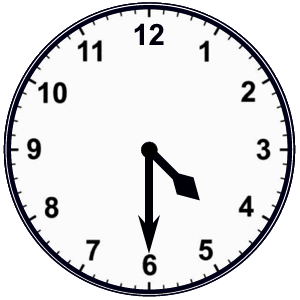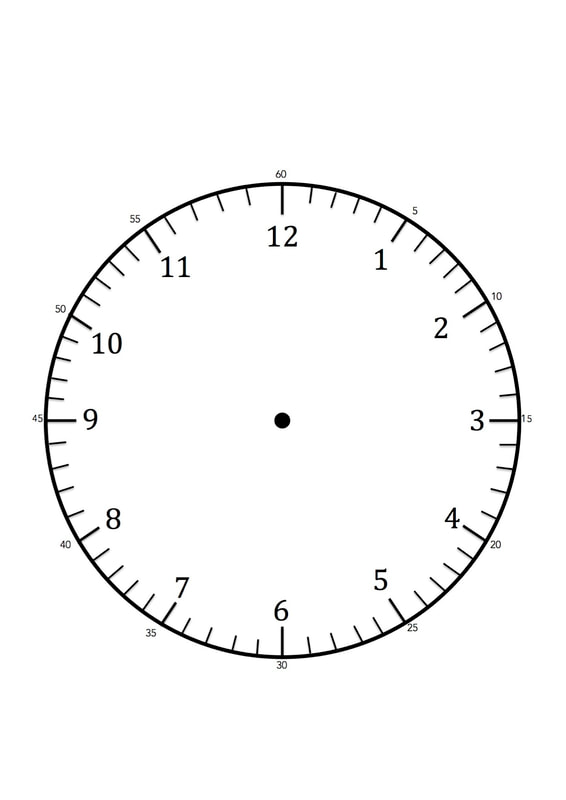
He also believed that time was infinite and continuous, and that the universe always did, and always will exist. One of the earlier views was presented by the ancient Greek philosopher Aristotle (384-322 BC), who defined time as "a number of movement in respect of the before and after." Essentially, Aristotle's view of time defined it as a measurement of change requiring the existence of some kind of motion or change. There exist various concepts of time that have been postulated by different philosophers and scientists over an extensive period of human history. Oct., Dec.-31 daysįeb.-28 days for a common year and 29 days for a leap yearĢ4 hours or 1,440 minutes or 86,400 seconds The following table shows some common units of time. However, due to how time is defined, there exist differences in how calculations must be computed when compared to decimal numbers. The 24-hour clock is much more popular in Europe than it is in the United States, and Italy is no exception.Like other numbers, time can be added or subtracted. “It is one minus (a) quarter,” or “It is a quarter to one.” (12:45) “It is eleven minus three (minutes),” or “It is three to eleven.” (10:57) With the word meno, which in this context means “minus,” you can subtract a chunk of time from another, which you’d want to do especially when you’re closer to the whole hour in the future than to the one that’s already passed: Like in English, you can also talk about the time in Italian by counting backwards from an hour that’s upcoming. “It is one and (a) half,” or “It is half past one.” (1:30) “It is seven and a quarter,” or “It is a quarter past seven.” (7:15) “It is four and five (minutes).” (4:05.) Putting this little formula together, you can make sentences like these:

With a little practice, you’ll be a master of time-telling in poco tempo! Tricks For Telling Time In Italian


Keep reading to learn all the essential elements of telling time in Italian. Telling time in Italian is an invaluable skill if you plan on visiting that famous boot-shaped peninsula in the Mediterranean, whether you’re jetting off to the gelateria before closing time or trying not to miss your train to Milan for Fashion Week. Regardless, it’s nearly impossible to get through your day without thinking about telling the time - and that goes for speakers of all languages. Maybe you’re always comically late to your engagements, or perhaps you’ve never been anything but punctual.


 0 kommentar(er)
0 kommentar(er)
